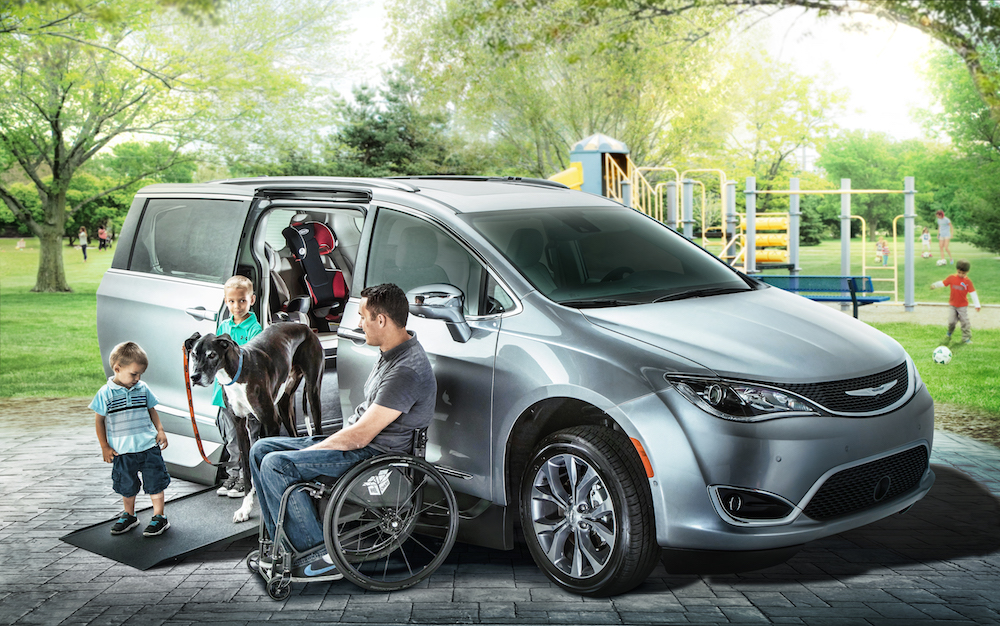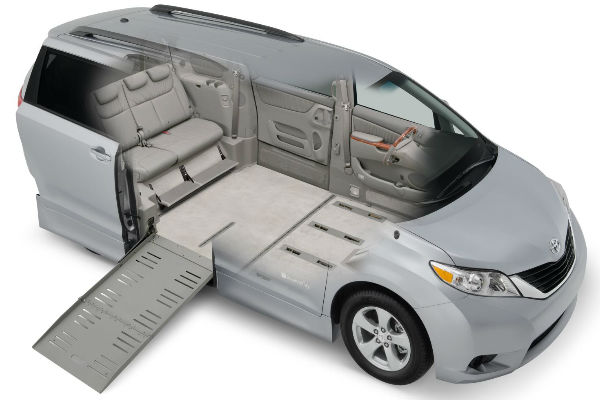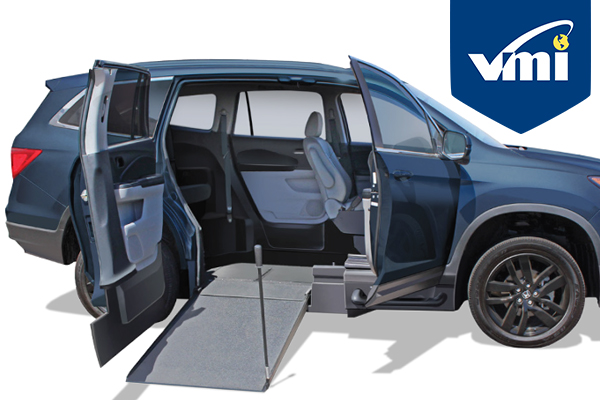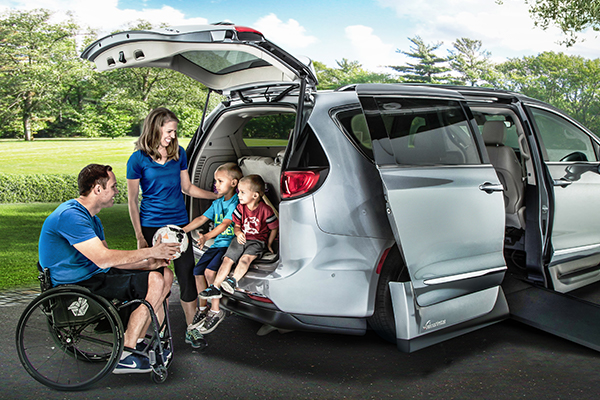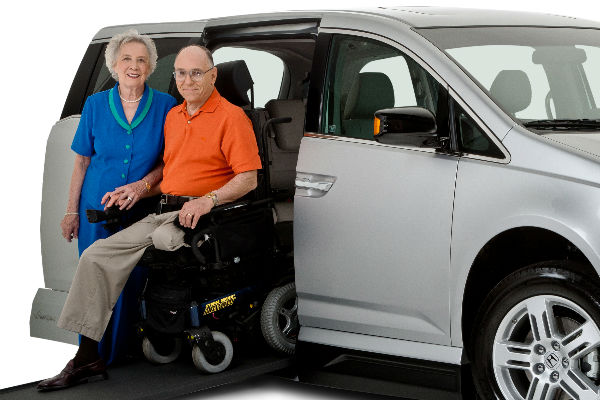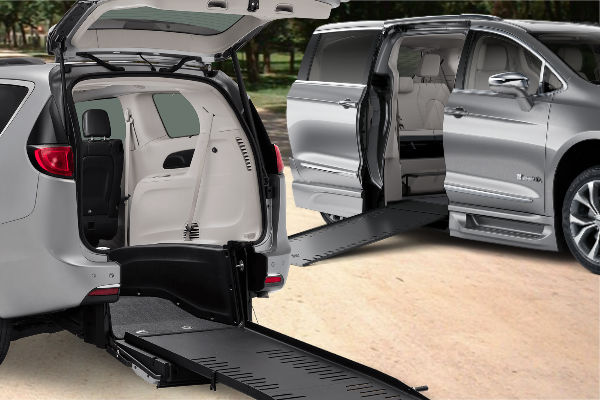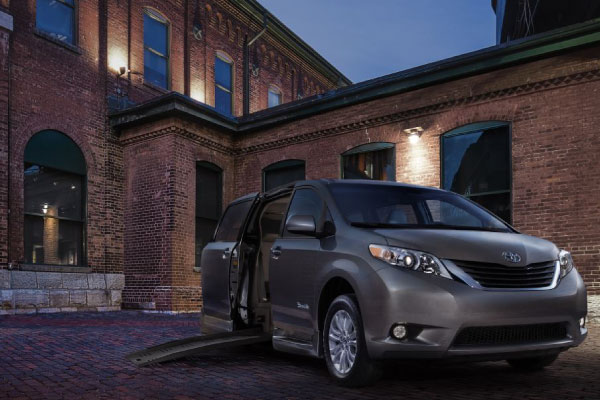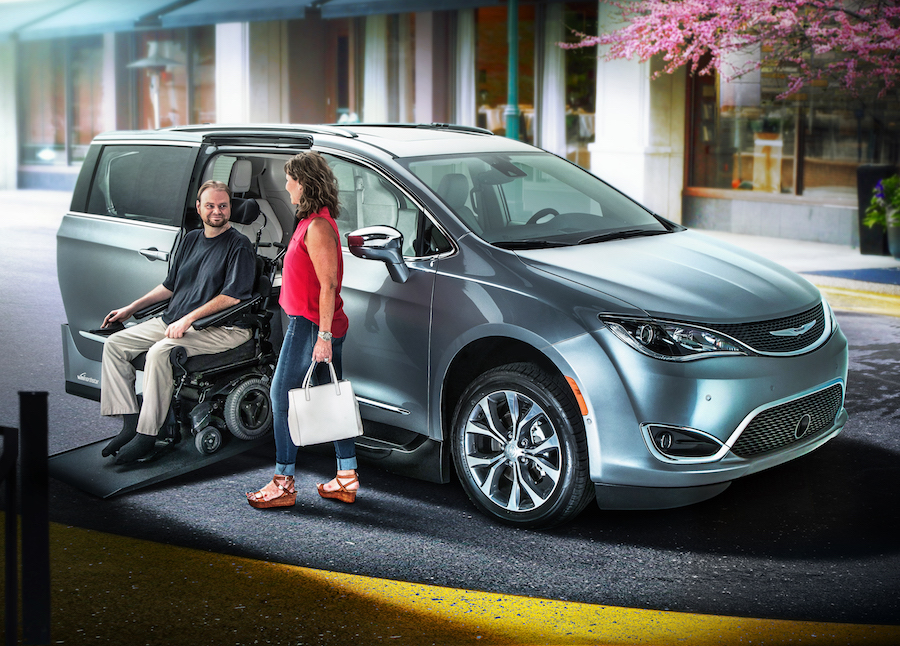Top Considerations When Purchasing A Wheelchair Van in 2023
Top Considerations When Purchasing a WAV in 2023
Entering the market for a wheelchair accessible vehicle can be quite overwhelming, given the plethora of options available. It's natural to wonder about the necessary features and potential maintenance costs. Below, we delve into the top five factors to bear in mind when procuring a wheelchair accessible vehicle in 2023, which will aid you in making an informed decision.
Flooring Selection: Rubber vs. Carpet Flooring
Depending on your geographical location, you might see merits in both flooring types. Familiarizing yourself with these alternatives empowers you to make the best choice for your needs. Opting for what suits you, rather than what's readily available or promoted by the dealership, is essential. While rubber flooring entails a higher upfront cost ranging from $700 to $1000, its durability ensures a visually appealing floor and better resale value when trading in. On the other hand, carpets offer reduced road noise and enhanced sound absorption. However, they are susceptible to tearing and staining when a wheelchair is frequently turned in the same spot. Rubber flooring makes cleaning up moisture and mud a breeze, whereas carpet absorbs these and shows wear sooner. Personally, I lean toward the comfort and noise reduction of carpet, but it's crucial to assess which factor holds greater significance for you.
Choosing Between Side Entry and Rear Entry Wheelchair Ramps
For many readers, the pivotal question is, which ramp configuration is superior? Once you comprehend the distinctions, you'll likely have a clear preference. Opting for side entry ramps is ideal if you intend to ride or drive from your wheelchair, swiftly making it the preferred choice. Needing the widest possible ramp or the simplest loading and unloading process? Rear entry ramps are your best bet. If accommodating additional passengers is a priority, side entry ramps can carry up to five able-bodied passengers, whereas rear entry ramps typically support four.
Infloor Ramp vs. Fold Out Ramp
When considering the in-floor wheelchair ramp option, your sole choice is the side entry ramp. When stowed away, this ramp is discreetly tucked beneath the floor, granting unimpeded access to the rear seats, items on the backseat, or the wheelchair user. In contrast, fold-out ramps are cost-effective, featuring a straightforward design and necessitating less maintenance. They also incorporate additional safety measures, boasting 2-inch high side lips on the ramp. Regular maintenance for both ramp types is imperative for reliability and a satisfactory ownership experience. Your lifestyle, location, and proximity to the dealer are variables to weigh, with greater distances favoring fold-out ramps.
Comparing Brands: Honda, Chrysler, Toyota, Ford, Ram, or Chevy?
Do you have brand loyalty? Many renowned brands now offer both side and rear entry conversions for wheelchair vans. Price increases in recent years have brought their costs in close proximity, assuming equal trim levels. The Chrysler Pacifica gains an edge by including features like a heated steering wheel, heated seats, and remote start as standard on mid-level trims. In contrast, Honda, Toyota, and Chevy require opting for top-tier models to access these sought-after features. If you anticipate logging over 125,000 miles in your next wheelchair van, Toyota and Honda are more budget-friendly in terms of maintenance and overall ownership costs. Ride quality remains largely consistent across the board, thanks to the adoption of independent rear suspension by these brands, previously exclusive to imports. If spaciousness is a priority, Ford and Ram offer full-size alternatives, albeit at a higher cost in terms of purchase price and fuel efficiency – a trade-off that may not appeal to everyone. Visiting your local dealer at Blvd.com enables you to peruse showrooms and engage in the vital step of test driving and tactile exploration of each brand.
Direct Purchase vs. Dealer Network Acquisition
VMI and BraunAbility have consistently championed the dealership network model. This entails having factory-trained dealers in close proximity, equipped with a comprehensive range of vehicles and conversions for you to examine and test drive before committing. These dealers bring years of experience, proving particularly beneficial for first-time buyers. While the vehicle's price includes expenses like staff, rent, and insurance, resulting in a slightly higher initial cost, this approach offers tangible value. On the other hand, buying directly often involves procuring from companies located in other states. Purchasing a vehicle sight unseen can be challenging, especially if you plan on operating it with specialized accessories like hand controls. Additionally, these conversions from newer, less-established companies might not consider the vehicle's performance as comprehensively. Opting for a dealership purchase offers the assurance many second and third-time buyers seek, banking on the conversion's reliability. If price is a central concern, ponder the possibility of buying a used vehicle from a local dealer or exploring the offerings from factory direct outlets at a lower price point.
Making the Optimal Choice for Your Wheelchair Accessible Van
Determining the best ramp style, ramp location, vehicle brand, and purchasing source represents a substantial and financially impactful decision. If past experiences with local dealerships have been less than satisfactory, consider connecting with Blvd.com. We can facilitate contact with factory representatives or local dealers who will guide you through the available options without applying undue pressure. Acquiring a vehicle that doesn't meet your needs or expectations is avoidable – I urge you to conduct thorough research before making a commitment. Mere acquisition of a vehicle with lowered flooring and a ramp, without delving into the technicalities beneath the surface, could lead to a disappointing ownership journey.




































